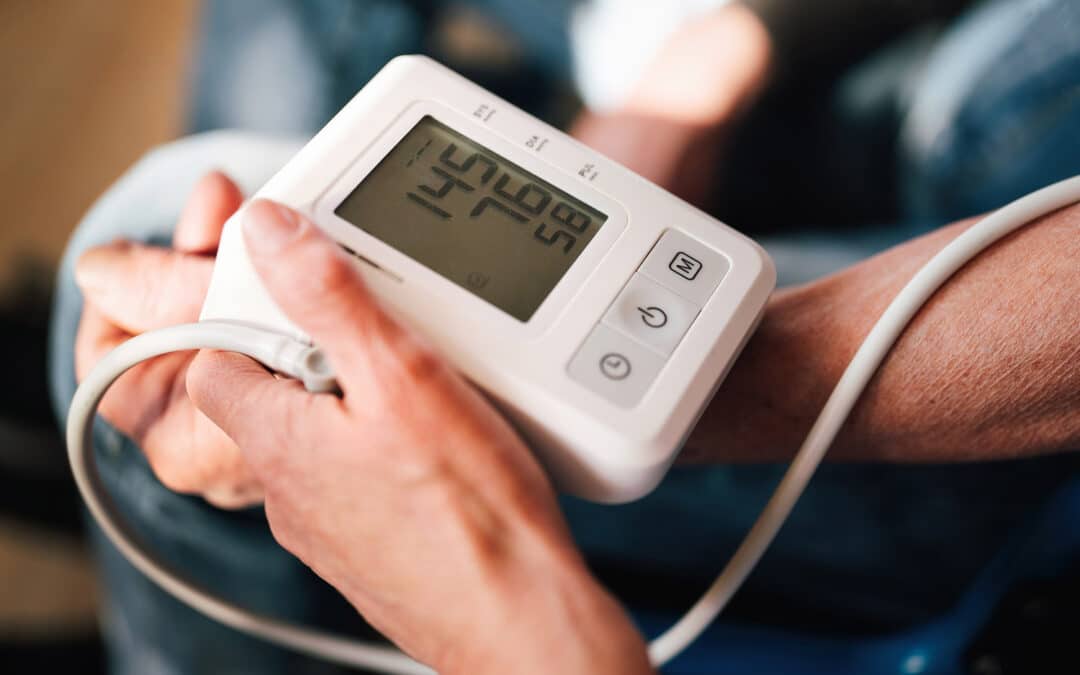Looking for specialized breathing techniques to lower blood pressure? The term “blood pressure” refers to the pressure blood exerts on the vein walls. When someone is diagnosed with high blood pressure or hypertension, this means the force of the blood on the veins is too high, specifically above 130/80 mmHg.
Several factors that contribute to high blood pressure include smoking, a salty diet, obesity, stress, excessive alcohol consumption, and family history. Failure to manage one’s blood pressure can result in heart attack, stroke, heart disease, and many other conditions.
In addition to taking medication prescribed by your doctor, there are many ways to alter one’s lifestyle to manage this condition. Exercising, limiting salt intake, maintaining a healthy diet, and avoiding tobacco smoke can help lower blood pressure.
For those who can’t control their high blood pressure with these methods alone, slow, deep breathing techniques may help according to several studies. These techniques work on a cellular level to reduce blood pressure and promote heart health.
How it works
The autonomic system controls all involuntary bodily functions such as heart rate, breathing rate, and other internal organ functions. There are two divisions of this system: the sympathetic nervous system and the parasympathetic nervous system.
The sympathetic nervous system is responsible for the “fight or flight” reflex. When this system is activated, the heart rate is increased and blood vessels contract. Digestive actions are decreased and adrenaline is released.
The activation of this system is useful when there is a real, physical threat, however, due to many stressors in our daily lives, this system is activated too often. The chronic activation of this system can cause several serious health problems which include: hardening of the arteries, heart attacks, IBS, chronic diarrhea, type 2 diabetes, sexual impotence, and others.
The parasympathetic nervous system, on the other hand, is responsible for the “rest and digest” reflex. When this system is activated, the breathing rate decreases. The heart rate also decreases and blood vessels dilate, which allows blood to reach the extremities. Digestive functions return.
Slow, deep breathing activates the parasympathetic nervous system which decreases the heart rate and dilates blood vessels, reducing your overall blood pressure. As your breathing becomes slower, your brain associates it with a state of relaxation, which causes your body to slow down other functions like digestion. By taking a moment to breathe deeply in a stressful situation, you can train your body to react in a calm manner when facing challenges at work or in your home life. This can improve your overall heart health and help you face problems with a clear head.
Breathing Techniques
When you have a moment, take some time to practice these various breathing techniques to help find the one that’s right for you. Do your best to put your mind at ease and get into a comfortable position before starting. You can always take other small steps like silencing your phone, or using a pillow for additional support to get you into a better place of calm before you begin.
30 Second Breathing Exercise
According to a study of 20,000 Japanese individuals with hypertension and normal blood pressure, people can reduce their systolic blood pressure greatly by taking six deep breaths within a 30 second period.
- Sit still in a quiet place. Close your eyes and relax.
- Set a timer for 30 seconds.
- Take 6 deep breaths.
- Repeat as needed.
Equal Breathing- Sama Vritti
This technique focuses on equal breath length.
- Sit or lay down in a quiet space. Make sure you’re completely comfortable. Close your eyes and relax your muscles.
- Inhale through your nose, counting to four.
- Pause briefly after inhaling and allow the air to rest in your lungs.
- Exhale through your nose, counting to four.
- Pause briefly after exhaling to feel the emptiness in your lungs.
- Repeat this exercise for as long as you’d like. Feel free to vary the length of the breaths as you feel comfortable.
Diaphragmatic Breathing
This technique focuses on strengthening the diaphragm and allowing for more efficient breathing. Breathing with your diaphragm brings more oxygen into the body, nourishing the brain and the muscles.

- Lie flat on your back. Use pillows to support your neck and bent knees.
- Place one hand on your chest and place the other hand beneath your rib cage.
- Inhale slowly through your nose. The hand placed under the rib cage should rise, and the hand on your chest should stay still.
- Exhale through pursed lips. The hand placed on the chest should stay still while the hand placed beneath the rib cage falls.
- Continue this exercise as needed.
4-7-8 Breathing Technique
In addition to promoting relaxation and triggering the parasympathetic nervous system, the use of this breathing technique can train your body to regularly breathe more deeply. This is beneficial because it promotes better oxygenation of the body.
- Place the tip of your tongue behind your teeth.
- Inhale through your nose, counting to four.
- Hold this breathe for a count of seven.
- Making a whooshing nose, exhale through your mouth for a count of eight.
- Repeat this sequence three to four more times without resuming normal breathing in between.
Music-guided breathing activities
According to several studies, music-guided breathing is linked to the reduction of blood pressure. There are several free programs on Youtube, Itunes and Spotify. The narrator guides you through a series of breathing exercises, lulling you into a relaxed state and activating your parasympathetic nervous system.
Your heart health begins with you. Along with other practices like healthy eating, regular exercise, and daily hydration, stress and other factors that lead to high blood pressure can take a toll on you and your body. This is especially true if you are someone who currently struggles to maintain good heart health because of diseases or conditions like diabetes and anxiety. If you know heart disease runs in your family, it is best to learn these breathing techniques to lower blood pressure now to help prevent issues from showing up sooner than expected. Be proactive about your heart health and improve your overall quality of life.







